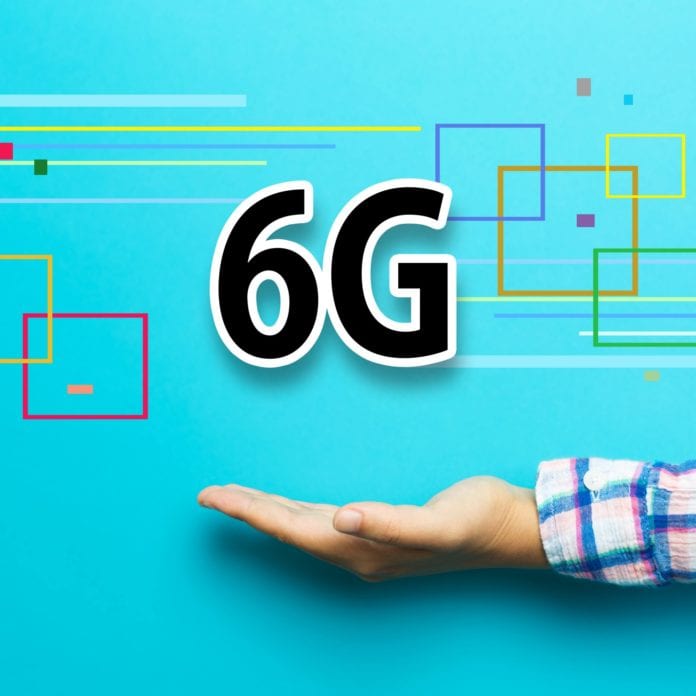6G isn’t even close to being standardized, but work is already underway to figure out what it might look like. And when it comes to what spectrum that future 6G systems will use, the path is clear: Spectrally speaking, the only place to go is up. Meaning, even higher in the radio frequency spectrum than the millimeter-wave airwaves that are coming into use in 5G.
What’s higher than millimeter wave? Terahertz spectrum. The terahertz (THz) range is defined by IEEE and the ITU as between 300 GHz to 3 THz. But as often happens in wireless communications, an informal definition is also emerging. Industry discussions and research literature often consider anything beyond 100 GHz to be terahertz territory. Some use the term “sub-terahertz” to describe the range between 100-300 GHz.
Why move to terahertz, when millimeter wave has arguably yet to be mastered? Taro Eichler, technology manager at Rohde & Schwarz focusing on 6G wireless communications, acknowledges that the reasons for moving even further into high spectrum ranges are much the same as they were for moving into millimeter-wave in 5G: There simply isn’t anywhere else to go that has the amount of spectrum and large enough channel bandwidths to enable the next step-change in technology.
“The good thing about terahertz is that, beyond 100 GHz, there is a lot of spectrum still available,” Eichler explains. This means the ability to have multiple gigahertz of bandwidth, which will put into reach capabilities such as transferring up to 1 terabyte of data with extremely low latency.
What use cases might be enabled by such a powerful wireless pipe? While 5G’s focus has leaned toward revolutionizing industrial and business verticals, the ideas that Eichler floats for potential 6G use cases might fundamentally change telecommunications itself: Short-range point-to-point communications for high-capacity fronthaul and backhaul. The ability to have wireless connections within data centers. Intriguingly, there is also a concept emerging of using wireless frequencies for both communications and sensing capabilities. In this scenario, terahertz frequencies would not simply carry communications data, but could work much like a highly precise radar system to detect objects. Hand-in-hand with that capability would also be the enablement of centimeter- or sub-centimeter accuracy, for highly detailed holographic imaging and AR/VR applications.
The technical challenges of millimeter wave intensify in terahertz: Even shorter range, even more penetration issues. But similar to 5G, these can be mitigated by focusing through beam-forming. The shorter wavelengths also have advantages beyond the amount of bandwidth: Everything is smaller, so a higher volume of antennas can be tucked into a small package in order to produce highly pin-pointed beams. While Eichler foresees both outdoor and indoor terahertz use cases, he says that the indoor use cases are likely to dominate the use of terahertz. In an indoor setting, the short range and weak penetration capabilities of terahertz spectrum could turn into advantages – for example, he points out, terahertz communications would be highly secure based in part on their ability to be limited to specific indoor space.
Development of terahertz-range bands is already happening in the W-Band spectrum around 95 GHz. The next-highest candidate band, the D-Band at 110-170 GHz, is being eyed by base station infrastructure vendors, Eichler says. In Japan, the 300 GHz band is the target of early research on nomadic and mobile applications. These are not just academic exercises, because the 2023 World Radio Conference is already looming large.
Eichler explains that while decisions about 6G spectrum won’t be made in 2023, the WRC 2023 will set the agenda for the next WRC in 2027 – when 6G will be right around the corner. That is why researchers, governments and companies are eager to have proof in-hand by 2023 that terahertz communications are both usable and technically feasible. So expect to see terahertz work — like the recent terahertz radio link demonstrated by LG Electronics, or the new terahertz research lab being built by the University of Glasgow – ramp up rapidly with 6G in mind, even as 5G finds its footing. Learn more about how Rohde & Schwarz is enabling terahertz communications testing at: Going beyond 5G | the promise of 6G | Rohde & Schwarz (rohde-schwarz.com)

